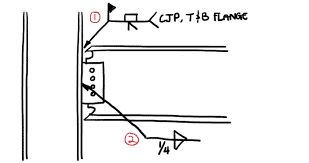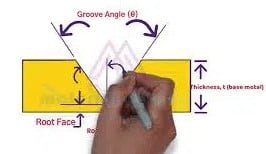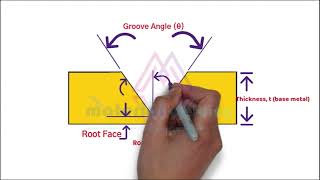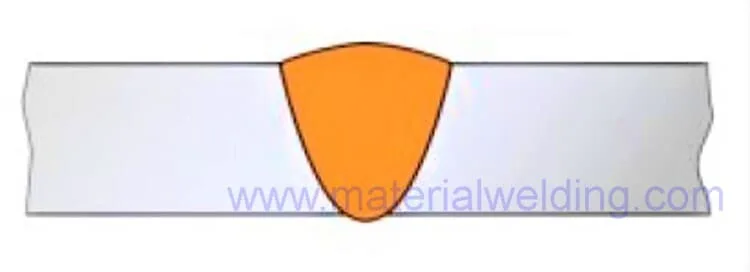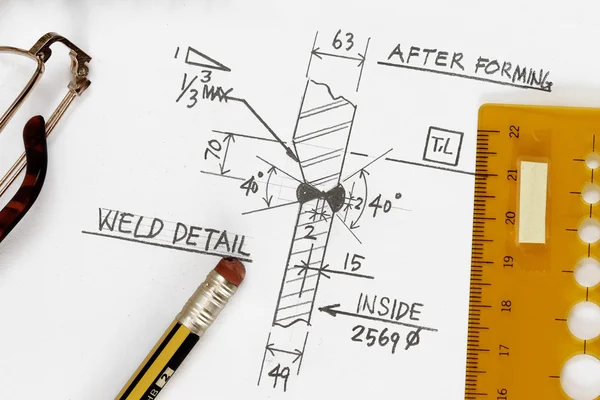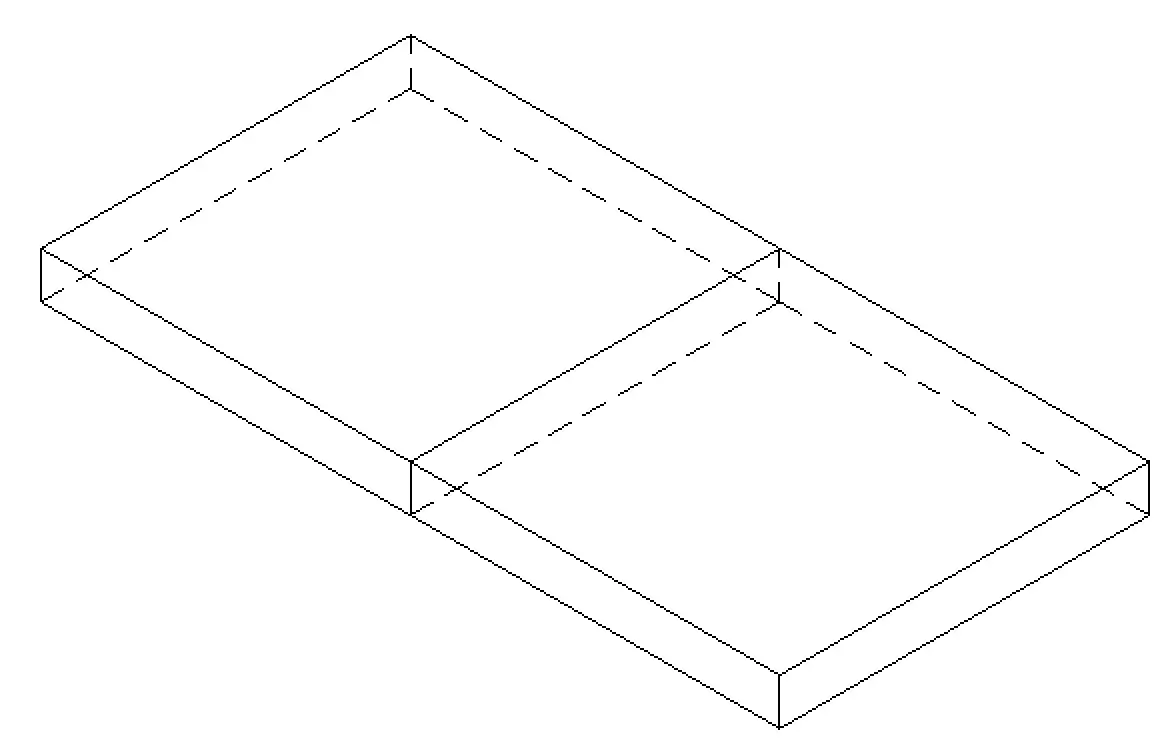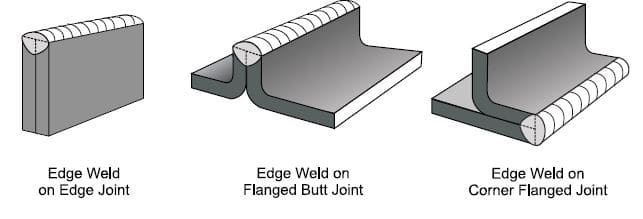Groove Weld vs Fillet Weld
When it comes to welding, there are two main types of welds:
- Groove Welds and
- Fillet Welds.
But what’s the difference between the two or how you differentiate Groove Weld vs Fillet Weld?
Groove welds are made by placing the filler metal in grooves that have been cut into the base metal. This type of weld is often used for structural applications because it can create a strong, secure connection.
Read more: What is Groove Weld, Its Types and Welding Symbol Guide.
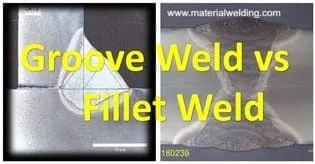
Fillet welds, on the other hand, are created by joining two pieces of metal together at an angle. This type of weld is typically used for cosmetic purposes or when a stronger connection isn’t necessary.
| Groove Welds | Fillet Welds |
|---|---|
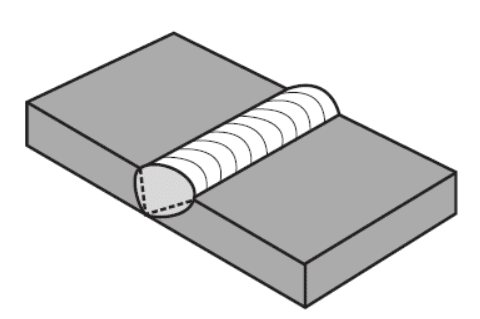 | 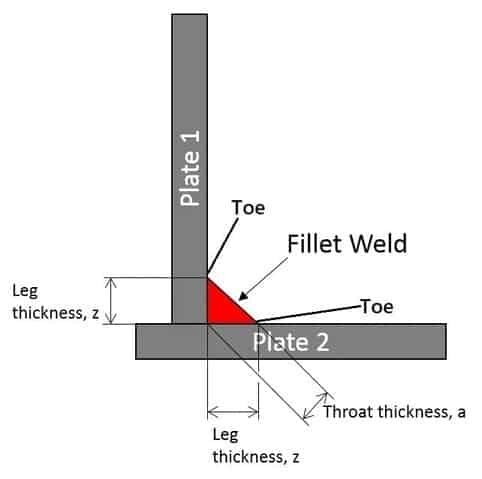 |
| Groove Weld Types: V, J, U, Flare Groove | Fillet weld types: Concave, Convex & Mitre |
| High strength | Low strength |
| Ideal for high loading conditions | For non critical weld locations |
| Weld preparation is required | No Weld preparation is required |
| Difficult to weld | Easy to weld |
| Plates joints in same plane & butt each other in same plane | Joining member placed at right angle to each other |
| Weld cross section is triangular. | Weld cross section is V, J or U Shape. |
| Root side is visible | Root side is not visible |
So, which type of weld is right for your job? It all depends on your design and service conditions for the welding joint.
Read More: What is a Fillet weld, Its Types and Welding Symbols?
If you’re looking for a strong, secure and reliable welding connection, then a groove weld is probably the best weld type for you.
What is an advantage of a fillet weld over a groove weld?
The main advantage of a fillet weld over a groove weld is that Fillet Weld is easier to make compared to groove weld.
From welding technology point of view, following are the main advantages of fillet weld over a groove weld:
- Easy to make.
- Faster to weld than groove weld.
- Root cleaning is not required for fillet weld.
- Fillet weld has less stringent inspection requirements than groove weld.
- Root inspection is not applicable for fillet weld.
Fillet welds also have the advantage of being able to be made in any direction, whereas groove welds can only be made in one direction.
